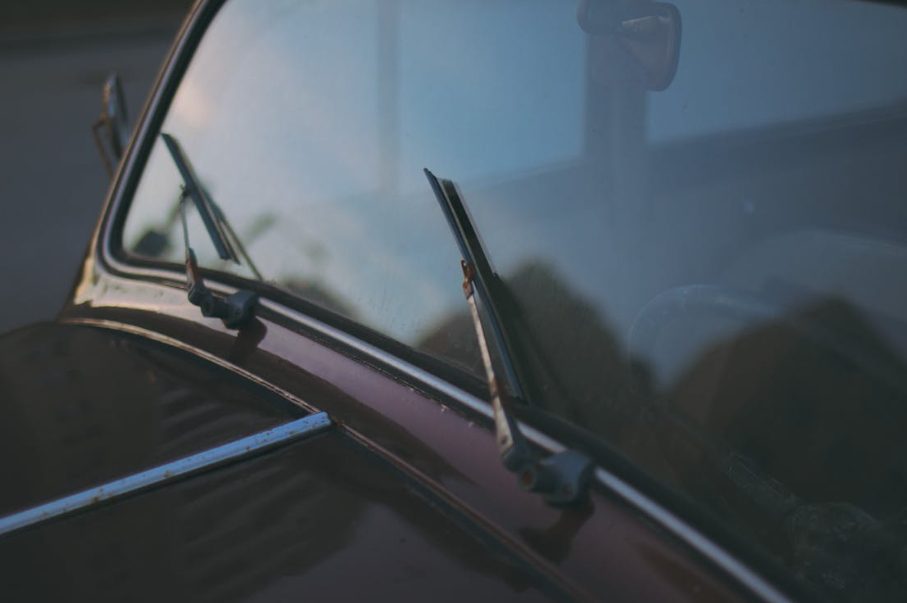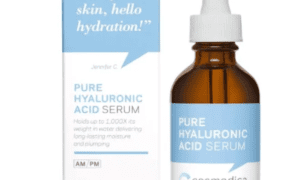When most drivers think about car maintenance, windshields rarely top the list. But here’s the reality: your windshield is one of the most critical safety features in your vehicle, and the quality of that glass can mean the difference between a minor inconvenience and a life-threatening situation.
Whether you’re dealing with a small chip or considering a full replacement, understanding Windshield Quality isn’t just about getting the cheapest fix. It’s about protecting yourself, your passengers, and your investment in your vehicle.
Your Windshield Is a Critical Safety Component
Modern windshields are engineered to be integral structural components that work in harmony with your vehicle’s safety systems. In a rollover accident, your windshield supports up to 45% of the roof’s structural integrity. Without a properly installed, high-quality windshield, your roof could collapse, dramatically increasing injury risk.
Your windshield also plays a crucial role in airbag deployment. When passenger-side airbags deploy, they use the windshield as a backboard to properly inflate toward the occupant. A windshield that pops out during impact can cause airbags to deploy incorrectly. In frontal collisions, your windshield helps prevent ejection from the vehicle, one of the leading causes of fatalities in car accidents.
Optical Clarity Affects Daily Driving Safety
Beyond crash protection, the optical quality of your windshield affects your safety every time you drive. Low-quality glass often produces wavy distortions that can affect your depth perception, making it harder to judge distances between vehicles. At highway speeds, even a split-second miscalculation can lead to a collision.
Nighttime driving becomes especially hazardous when inferior glass creates excessive glare from oncoming headlights. Some aftermarket windshields have inconsistent thickness that creates hazy patches, forcing your eyes to constantly adjust and causing eye strain during long drives.
Quality windshields use precise manufacturing processes to ensure uniform thickness, proper curvature, and minimal optical distortion. The difference might only be millimeters of variation, but your eyes notice every time you drive.
You are in The Bronx? If you’re searching for used cars Bronx New York buyers rely on for value and reliability, MajorWorld offers hundreds of inspected models.
Modern Technology Depends on Windshield Quality
If your car has Advanced Driver Assistance Systems (ADAS) like lane departure warnings, automatic emergency braking, or adaptive cruise control, your windshield quality becomes even more critical. These systems rely on cameras and sensors mounted on or near your windshield, requiring absolute precision to function correctly.
ADAS cameras depend on exact optical clarity, specific glass composition, and precise mounting angles. Even a windshield that looks identical can have subtle differences in curvature or thickness that throw off sensor readings. When you replace your windshield, a Professional Windshield Replacement Company like High Tech Auto Glass will use specialized equipment to recalibrate these systems to manufacturer specifications.
Installing an incompatible windshield can make recalibration impossible, potentially disabling your vehicle’s safety features entirely.
Understanding Glass Certifications and Standards
In the United States, windshields must meet Federal Motor Vehicle Safety Standards and carry specific markings. Look for the DOT (Department of Transportation) symbol and AS-1 designation on any windshield being installed. These certifications mean the glass has passed rigorous testing for impact resistance and optical quality.
Non-certified glass hasn’t been tested for automotive use and might fail catastrophically in an accident or during normal driving. Premium windshields often feature automotive-grade laminated glass, UV protection, and acoustic interlayers that reduce road noise.
OEM Versus Aftermarket Glass
When replacing your windshield, you’ll face a choice between OEM (Original Equipment Manufacturer) glass and aftermarket alternatives. OEM windshields are made to exact specifications with guaranteed fit, curvature, and optical properties. For vehicles with ADAS systems, OEM glass virtually eliminates compatibility issues.
Aftermarket windshields from third-party manufacturers must still meet DOT and AS-1 standards, but may have minor variations. Quality aftermarket options can be excellent and less expensive than OEM, but you must ensure they’re compatible with your vehicle’s requirements.
For newer vehicles with extensive technology, OEM glass is often worth the investment. For older vehicles without advanced features, high-quality aftermarket windshields can be an excellent value.
The Hidden Costs of Low-Quality Glass
Poor-quality windshields may develop leaks within months, allowing water to damage electronics, create mold problems, and ruin upholstery. Inferior adhesives can cause the windshield to separate, requiring complete reinstallation with a new windshield.
Optically deficient glass causes eye strain and fatigue, reducing alertness and reaction time. For vehicles with ADAS, an incompatible windshield might never function properly, potentially disabling features you paid thousands for when purchasing your vehicle.
Quality windshields from reputable manufacturers, installed by certified technicians, typically come with warranties covering leaks, defects, and workmanship.
The Bottom Line
Your windshield is far more than a window. It’s a sophisticated safety device that protects you in crashes, supports critical vehicle technology, and ensures clear visibility. Understanding Windshield Quality means recognizing that the cheapest option often becomes the most expensive in the long run.
Look for DOT-certified glass and work with experienced professionals who prioritize quality and safety. High Tech Auto Glass specializes in premium windshield installations with proper ADAS calibration and certified techniques that ensure your vehicle’s safety systems function exactly as intended.
Your safety depends on making informed decisions about every component of your vehicle, including that transparent panel you depend on every single time you drive.
FAQS
How can I tell if my current windshield is high quality?
Check for DOT and AS-1 markings in the bottom corners. Look through the glass at straight lines. If lines appear wavy or distorted, the optical quality is poor. Quality windshields provide clear, undistorted vision across the entire viewing area.
Will insurance cover a higher-quality windshield replacement?
Most comprehensive insurance policies cover windshield replacement, but coverage for OEM versus aftermarket glass varies. Some policies specifically cover OEM glass, while others default to aftermarket unless you pay the difference. Review your policy details before choosing replacement options.
How long should a quality windshield last?
A properly installed quality windshield should last the lifetime of your vehicle under normal conditions. Quality windshields are more resistant to stress cracks and minor impacts than budget alternatives. With proper care and prompt attention to chips, you may never need another replacement.
Is it safe to drive immediately after windshield replacement?
No. Quality urethane adhesives require a minimum of one hour before the vehicle can be moved, but three to four hours is safer. For highway driving, waiting 24 hours ensures the bond has reached full strength. Your installer should provide specific guidance based on conditions.
Can I replace my windshield myself to save money?
DIY windshield replacement is strongly discouraged. Proper installation requires specialized tools and knowledge. Modern vehicles with ADAS absolutely require professional calibration with equipment costing tens of thousands of dollars. The modest savings aren’t worth the risks to your safety.





























